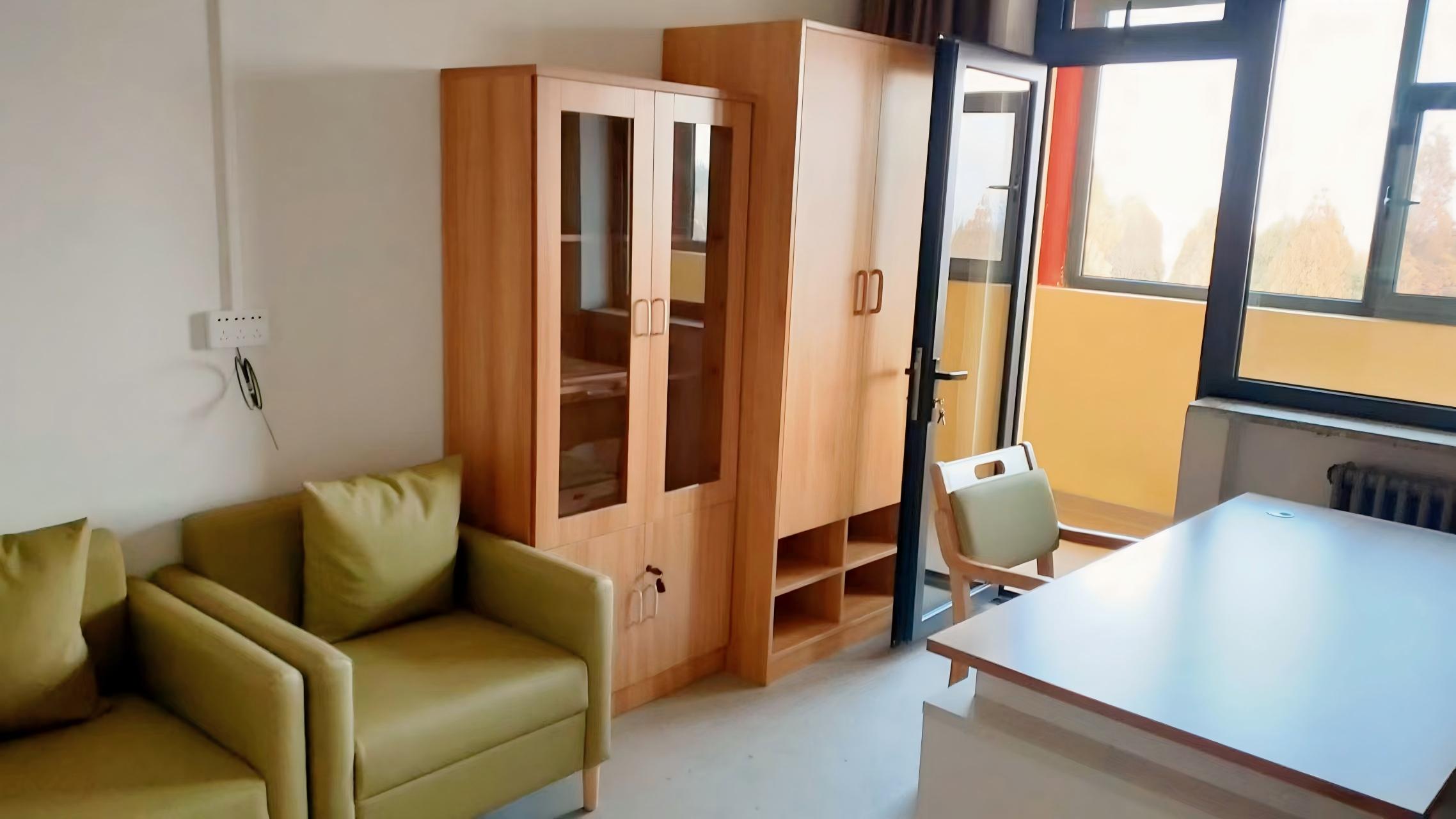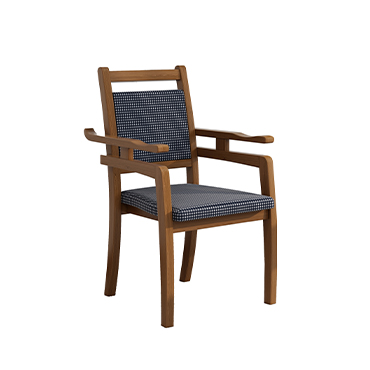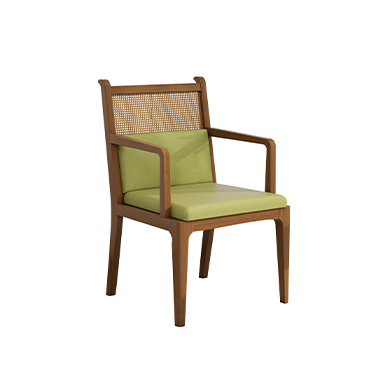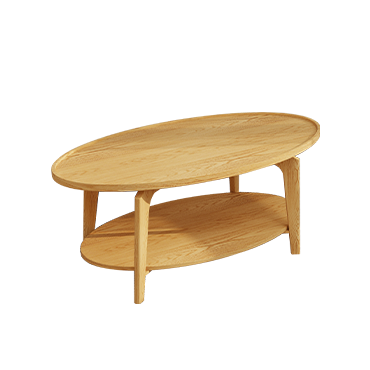Senior-Friendly Furniture Buying Guide: Key Considerations for Safety, Comfort, and Functionality
Senior-friendly furniture is designed to meet the daily needs of elderly people, ensuring safety, comfort, and convenience. When purchasing aging-friendly furniture, it is essential to evaluate safety, ergonomics, functionality, and adaptability. Below is a detailed elderly furniture buying guide to help you make informed decisions.
I. Safety Comes First
1.Rounded Edges & Anti-Collision Design
Choose furniture with rounded corners or protective edging to avoid injuries.
Add silicone bumpers or anti-collision strips to tables, chairs, and cabinets.
2.Structural Stability
Furniture should have a low center of gravity and wide base to prevent tipping.
Chairs with wheels must include a braking system.
Avoid unstable folding furniture or lightweight plastic products.
3.Material Safety
Opt for eco-friendly materials such as solid wood or E0-grade panels to minimize harmful emissions like formaldehyde.
Surfaces should be non-slip, wear-resistant, and odor-free.
4.Anti-Pinch Design
Drawers and cabinet doors should include buffer dampers to prevent finger injuries.
Sliding doors must have smooth rails to avoid derailment.
II. Comfort & Ergonomics
1.Seating
Height: 40–45 cm (easy to sit and stand).
Depth: 45–50 cm (supports thighs).
Backrest angle: 100–110° (reduces spinal pressure).
Cushioning: Use high-density foam—avoid overly soft cushions that sink.
2.Beds & Mattresses
Bed height: 45–50 cm (aligned with wheelchair height).
Mattress: Medium firmness for spinal support and back pain relief.
Guardrails: Optional removable rails for seniors with fall risks.
3.Other Furniture
Dining tables: Height 70–75 cm with ≥65 cm clearance for wheelchair access.
Wardrobes: Hanging rods ≤170 cm, minimizing the need to reach up.
III. Functional Design
1.Assisted Mobility
Sofas and chairs can include electric lift functions or hidden armrests for easy standing.
2.Optimized Storage
Use pull-down baskets or rotating hangers in wardrobes to avoid bending or climbing.
3.Lighting Integration
Add motion-sensor lights under beds and inside cabinets for nighttime safety.
4.Smart Adaptation
Ensure compatibility with smart home systems (voice control lights, emergency call buttons).
Power outlets should be ≥30 cm above the floor for easy access.
IV. Space Adaptability
Maintain clear pathways (≥80 cm wide) for wheelchairs and walkers.
Avoid overcrowding furniture; keep layouts open and safe.
Use contrasting colors to highlight functional areas (e.g., dark flooring with light furniture).
Apply large-font or pictorial labels on drawers and cabinets for easy identification.
V. Practical Details
Choose furniture with removable covers for easy cleaning.
Avoid excessive carvings or gaps where dust can accumulate.
Customize based on health needs (e.g., no low cabinets for arthritis patients, height-adjustable options for evolving needs).
VI. Brands & After-Sales Service
Prefer specialized senior furniture brands with proper certifications (ISO, eco-labels).
Ensure installation service for large items.
Check warranty terms and after-sales support response times.
VII. Budget & Cost-Effectiveness
Prioritize investments in high-use furniture like beds and sofas.
Avoid low-quality, cheap products that increase long-term replacement costs.
Consider different needs:
Limited mobility: Electric lift chairs, nursing beds with wheels.
Vision impairment: Reflective strips and high-contrast colors.
Cognitive decline: Lockable drawers and simplified control panels.
✅ Conclusion:
By prioritizing safety, comfort, and functionality, you can create a secure and convenient living environment for the elderly. Always test furniture with seniors before purchase to ensure it meets their actual needs. A thoughtful selection of nursing home furniture or home-use designs will greatly enhance their quality of life.





